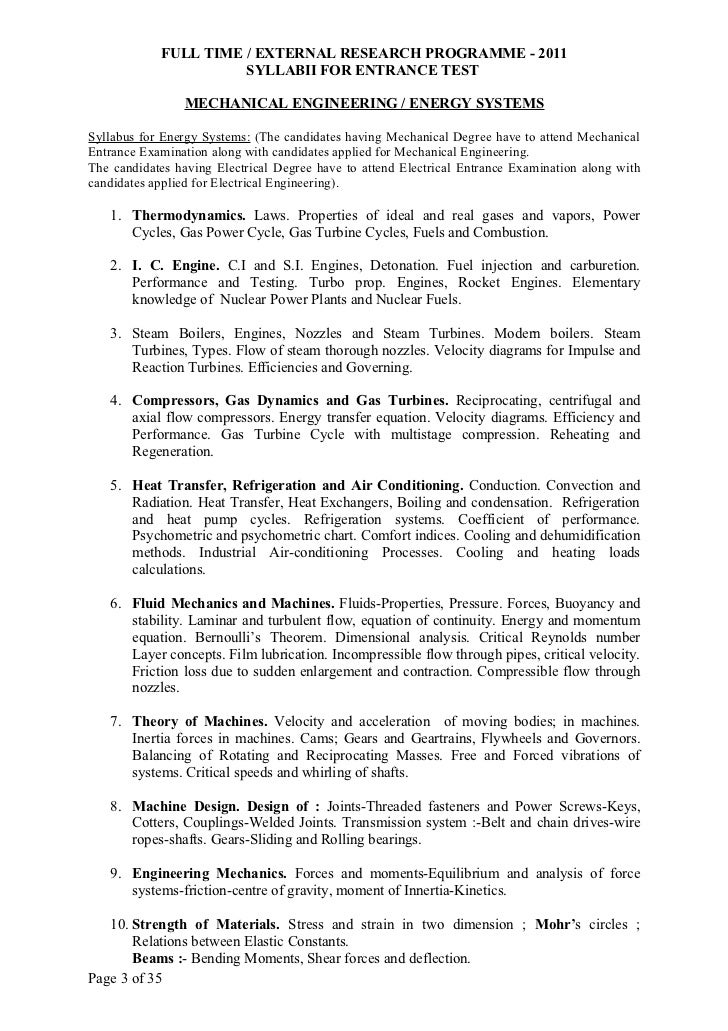Harmonic Carbon Api Manual For Xml Explicit
Access all of the Carbon features via the Encoding.com API or UI. Designed for existing Harmonic video encoding customers utilizing ProMedia Carbon with a WFS™ file-based workflow engine, on-premise users can simply divert workloads to a watch folder that is routed to the Encoding.com cloud. API providers can update their API and changes to responses will immediately impact client consumers. However, by updating some kind of version identifier in the expected request message, such as a version number in a path segment, an API provider can allow clients to opt-in to the change when they are ready.
BackgroundPubChem is a chemical information repository, consisting of three primary databases: Substance, Compound, and BioAssay. When individual data contributors submit chemical substance descriptions to Substance, the unique chemical structures are extracted and stored into Compound through an automated process called structure standardization. The present study describes the PubChem standardization approaches and analyzes them for their success rates, reasons that cause structures to be rejected, and modifications applied to structures during the standardization process. Furthermore, the PubChem standardization is compared to the structure normalization of the IUPAC International Chemical Identifier (InChI) software, as manifested by conversion of the InChI back into a chemical structure. ResultsThe observed rejection rate for substances processed by PubChem standardization was 0.36%, which is predominantly attributed to structures with invalid atom valences that cannot be readily corrected without additional information from contributors.

Of all structures that pass standardization, 44% are modified in the process, reducing the count of unique structures from 53,574,724 in substance to 45,808,881 in compound as identified by de-aromatized canonical isomeric SMILES. Advanced organic chemistry books free download pdf. Even though the processing time is very low on average (only 0.4% of structures have individual standardization time above 0.1 s), total standardization time is completely dominated by edge cases: 90% of the time to standardize all structures in PubChem substance is spent on the 2.05% of structures with the highest individual standardization time.
Openmm C++ Api
It is worth noting that 60% of the structures obtained from PubChem structure standardization are not identical to the chemical structure resulting from the InChI (primarily due to preferences for a different tautomeric form). ConclusionsStandardization of chemical structures is complicated by the diversity of chemical information and their representations approaches. The PubChem standardization is an effective and efficient tool to account for molecular diversity and to eliminate invalid/incomplete structures. Further development will concentrate on improved tautomer consideration and an expanded stereocenter definition. Modifications are difficult to thoroughly validate, with slight changes often affecting many thousands of structures and various edge cases. The PubChem structure standardization service is accessible as a public resource , and via programmatic interfaces.
Chemical information has co-evolved with cheminformatics over the past 40 or so years ,. Whereas cheminformatics focuses on development and application of property prediction models for atoms and molecules , the primary tasks of chemical information are the accurate representation, registration, and retrieval of chemical structures in computer systems. The lack of universally adopted standards for chemical structure representation in chemical structure collections is notable. The International Union of Pure and Applied Chemistry (IUPAC) released guidelines in 2007 for the graphical representation of chemical structure diagrams, defining how structures should be depicted for unambiguous human interpretation. These contain specifications and recommendations for two-dimensional (2-D) molecular structure diagrams considering bond angles and lengths, atom label font, line widths, and the layout of ring systems. Only for very few cases do they contain specifications for the actual configuration of atoms and bonds, with respect to location of charges and bond orders.

Furthermore, there is a notable lack of consideration for machine interpretation, for example, by allowing implied stereo in saccharide rings (please see examples in Fig. ). The same is true for the “US Food and Drug Administration (FDA) Substance Registration System Standard Operating Procedure Substance Definition Manual” (accessed March 2013) (the latter, in earlier versions, was explicitly referred to as the ‘Structure Drawing Guide’).